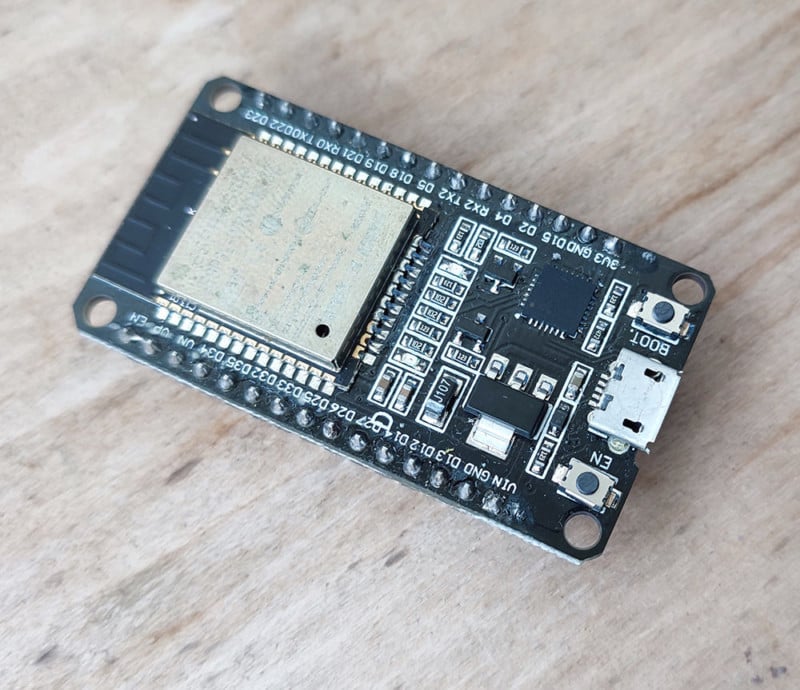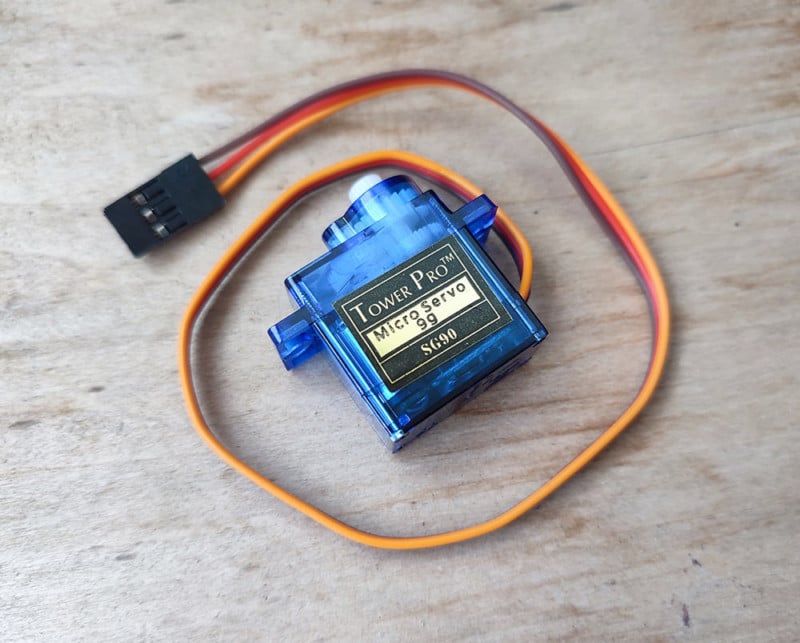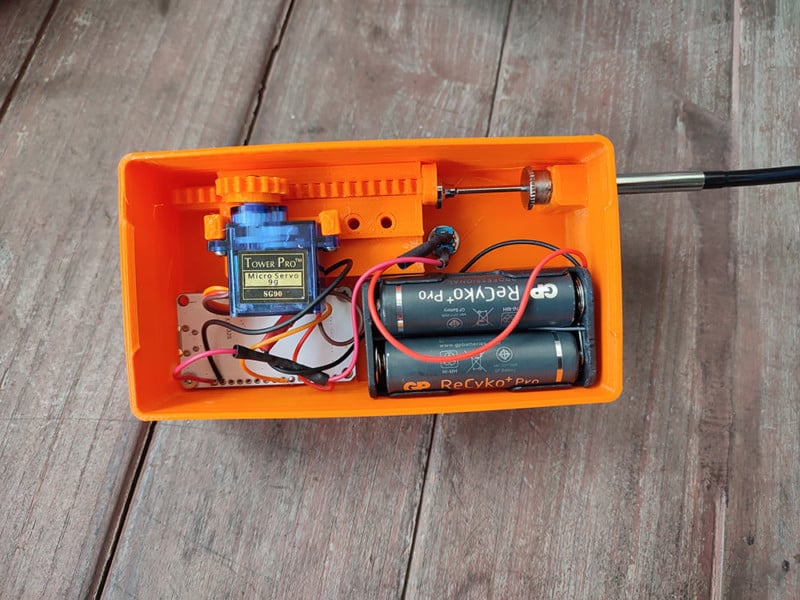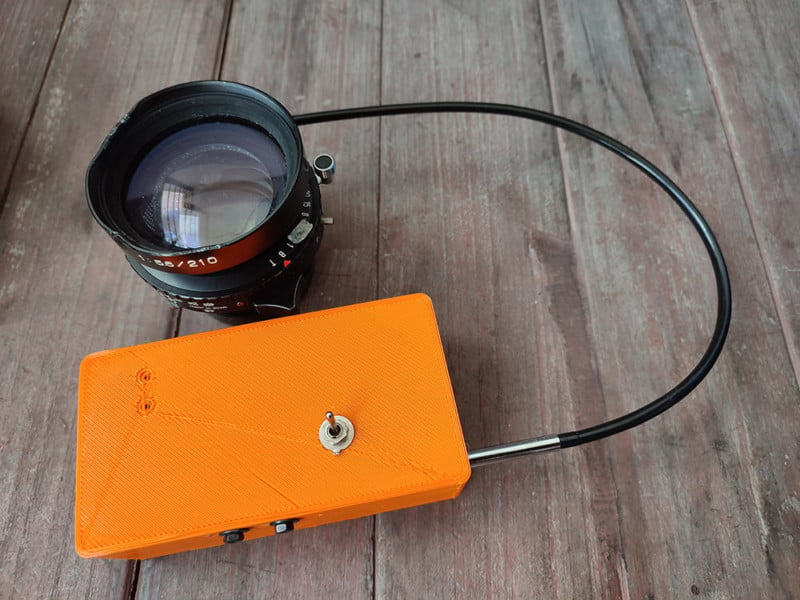A DIY Distant Mechanical Cable Launch for a Giant Format Digital camera

I do primarily giant format images, and I typically take my very own self-portrait by utilizing my pneumatic cable launch that has a protracted cable and air bulb launch. Nevertheless, I’ve lengthy been fascinated by find out how to make a extra fashionable sort of distant cable launch. On this article, I’ll present how I created a DIY distant cable launch.
Researching DIY Cable Releases
I first searched the Web for concepts on how others have made their very own cable launch and see what are the completely different elements they’ve used. Primarily they’ll make use of:
- A microcontroller.
- A linear actuator that may press the standard cable launch.
- A set off gadget to ship a sign to the microcontroller.
So I made a decision so as to add my very own taste to my very own distant cable launch.

For the microcontroller, I made a decision to make use of an ESP32 microcontroller development board. The ESP32 chip has been fashionable with Web of issues (IoT) units. It has built-in Wi-Fi and Bluetooth capabilities. Nevertheless, for this venture, I’ll use the Bluetooth operate to do the communication.

For the linear actuator, I discovered a 3D design on Thingiverse you should utilize of a small Servo motor (the SG90 mini servo motor) and a 3D printed rack and pinion. The linear rack will push a plunger of the mechanical cable launch which in flip will journey the shutter on the lens/digital camera.
For the venture case, I modified it out of a project case template that I downloaded from the channel of Swiss YouTuber Andreas Spiess. I custom-made it to my wants: primarily making some holes for the cable launch, the USB port of the ESP32 board, the mounting holes for the servo motor, and the ESP32 board.
The Design of the DIY Distant Mechanical Cable Launch
So right here is the easy digital design diagram of my distant cable launch.
![]()
The connections are fairly easy, we have now the battery energy (4x AA batteries) to energy each the servo motor and the ESP32 board. An influence swap can be used to activate and off the circuit. The circuit needs to be off when not in use because the servo motor may also draw present when not transferring.
The servo motor sign can be coming from a GPIO output pin from the ESP32 board. The sign may have the motor rotate by a sure angle and wherein path. This can be translated right into a linear motion utilizing the rack and pinion.
Meeting of the DIY Distant Cable Launch

As soon as the components are gathered, soldered and 3D printed, they’re assembled collectively. The mechanical cable launch is inserted into the case first in any other case will probably be blocked by the opposite components.

I designed a cellular app that makes use of Bluetooth to speak with the primary unit.
![]()
Within the cellular app, there are 4 capabilities:
- On mode: Fast triggering of the cable launch (shutter velocity set on lens/digital camera)
- Timer (10sec Delay) mode: The shutter can be triggered after 10 seconds. That is greatest for self-portrait pictures.
- Guide Bulb mode: On the first press, the shutter can be triggered and launched on the second press (shutter velocity set to B mode.)
- Time Bulb mode: Set the length in seconds and when the button is pressed, the shutter can be mechanically triggered and launched on the finish of the time. (Shutter velocity set to B mode.)
Coding the DIY Distant Cable Launch
I take advantage of the Arduino platform to create the ESP32 program and the MIT App Inventor to create the cellular app. As I’m no skilled programmer, I’m positive that they’re quite a lot of enhancements that may be made. I’ll share each codes on my GitHub as open supply for anybody who’s concerned with utilizing or enhancing it.
Conclusion
That is an attention-grabbing venture that allowed me to develop my electronics and coding abilities. There are just a few points that may be additional improved on:
- Make the unit even smaller.
- Have a option to mount this on a digital camera hot-shoe/cold-shoe.
- A stronger servo motor.
- A greater rechargeable battery supply.
- A digital output to set off some digital cameras.
You possibly can see the DIY distant mechanical cable launch in motion on this video exhibiting the construct and a check shoot:
In regards to the writer: Cheng Qwee Low is a (primarily) movie photographer based mostly in Singapore. Along with utilizing cameras starting from 35mm to ultra-large-format 8×20, Low additionally enjoys various processes comparable to kallitype and albumen printing. The opinions expressed on this article are solely these of the writer. You could find extra of Low’s work on his website and YouTube. This text was additionally printed here.